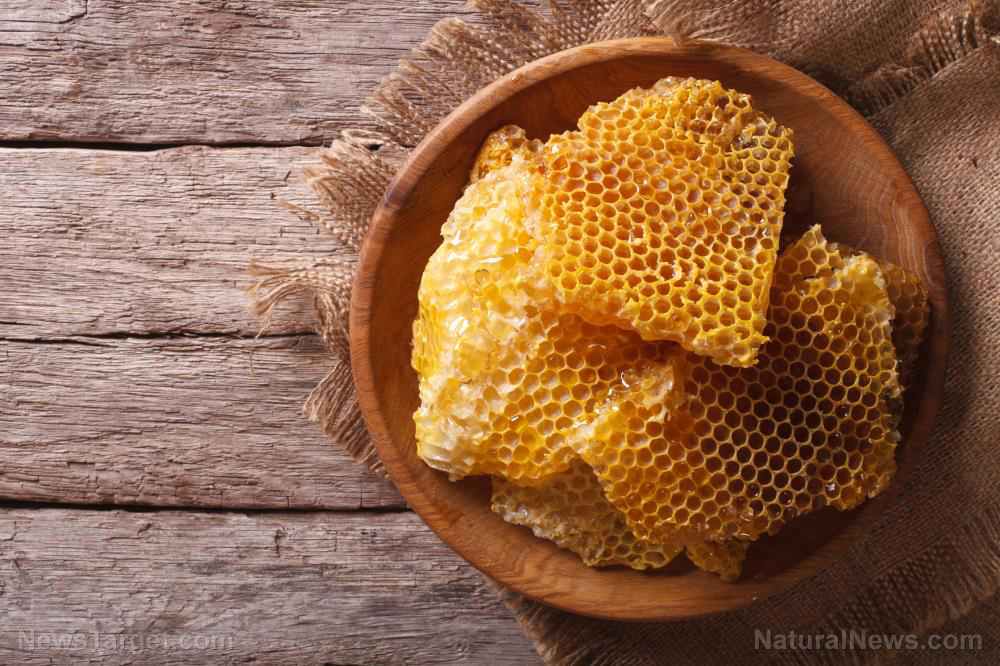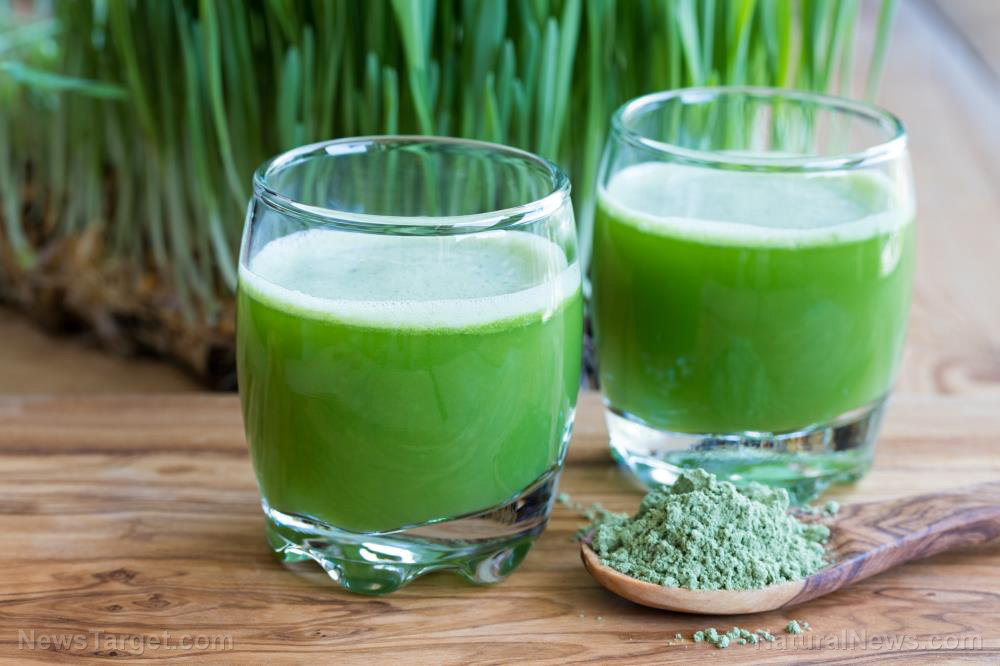Sex and cancer: Study identifies sexual reproduction as a way to prevent transmissible cancer
04/15/2020 / By Franz Walker

One of the biggest questions in evolutionary biology is why sexual reproduction became the norm when asexual reproduction would be much more efficient. A recent study has found one possible answer – sexual reproduction prevents the transmission of cancer from parent to child.
In the study, published in the Public Library of Science’s (PLOS) open-access journal PLOS Open, researchers wrote that sexual reproduction prevents the invasion of so-called “cheater cells,” transmissible cancer cells trying to move from one organism to its offspring. They said that it was the drive to control cancer that led to the development of a number of anti-cancer mechanisms, including sexual reproduction.
Sex evolved as a method to beat cheater cells
The multicellular organisms that comprise most of the life that resides on Earth first emerged from colonies of cooperating clonal cells over one billion years ago. One important factor in the evolution of multicellular organisms was the development of methods to prevent cheater cells from exploiting the cooperative system. When they developed, one prerequisite for these defenses was the ability to differentiate cheater cells from normal ones.
As they evolved, not only did multicellular organisms have to deal with their own cheater cells, they also had to defend against malignant foreign cells, or infectious ones. Since asexual reproduction leads to identical, or clonal, offspring, it runs the risk of the offspring being invaded by clonal infectious cell lineages, such as transmissible cancers. On the other hand, sexual reproduction decreases the compatibility of invading transmissible cancer cells, limiting the risk of transmission between parent and offspring.
Another benefit of sexual reproduction is that the genetic variation that the offspring gets also helps them detect foreign cells. This represents the first critical step of immune protection.
Transmissible cancers, though rare, do exist
Cancers are rarely ever thought of as infectious diseases because, for the most part, they’re not. However, transmissible cancers do exist. A number of animals, such as bivalve shellfish, Tasmanian devils, certain hamsters and even dogs are susceptible to some form of transmissible cancer.
Soft-shell clams, in particular, are quite vulnerable to a form of leukemia. This form of leukemia can be spread through the water where the clams live, meaning that entire populations of clams can be infected if even just one individual develops it.
In April 2015, one such outbreak of this leukemia decimated soft-shell clam populations along the Atlantic coast from New York all the way to Canada’s Prince Edward Island. Interestingly, studies have indicated that the outbreak may have started from a single cancer cell in one clam.
Studies have indicated that most, if not all, malignant cells are transmissible to other individuals – albeit rare – if provided the right transmission route. Given how ubiquitous cancer is among multicellular organisms, combined with the number of potential transmission routes, the recent study posits that sexual reproduction was favored by evolution as a better method of producing offspring, despite the costs associated with it.
Changing how we look at the evolution of reproduction
One of the arguments the researchers use in favor of their hypothesis is the relative rarity of cancers in plants. The latter do not usually develop cancers due to the differences in plants’ cell structures, containing rigid cell walls that prevent uncontrolled cell growth. This is on top of their DNA not being conducive to developing the mutations that lead to cancer. At the same time, plants aren’t as reliant on sexual reproduction – most actually use both sexual and asexual means.
However, more research is needed to prove the theory that sexual reproduction did evolve as a defense against cancer. The researchers are proposing the development of new theoretical frames based on current evolutionary models. Future theoretical extensions of these models will need to consider the ability of sexual reproduction to decrease the probability of cancer cell transmission and reduce the diversity of transmissible cancer cells, which then allows the host’s immune system to be more efficient in eliminating them.
Visit PreventCancer.news for more studies on preventing the transmission and development of cancers.
Sources include:
Tagged Under: Cancer Cells, cancer transmission, cell mutation, DNA mutation, infectious diseases, malignant cancers, prevention, research, sex, sexual reproduction
RECENT NEWS & ARTICLES
COPYRIGHT © 2017 PREVENT CANCER NEWS


















